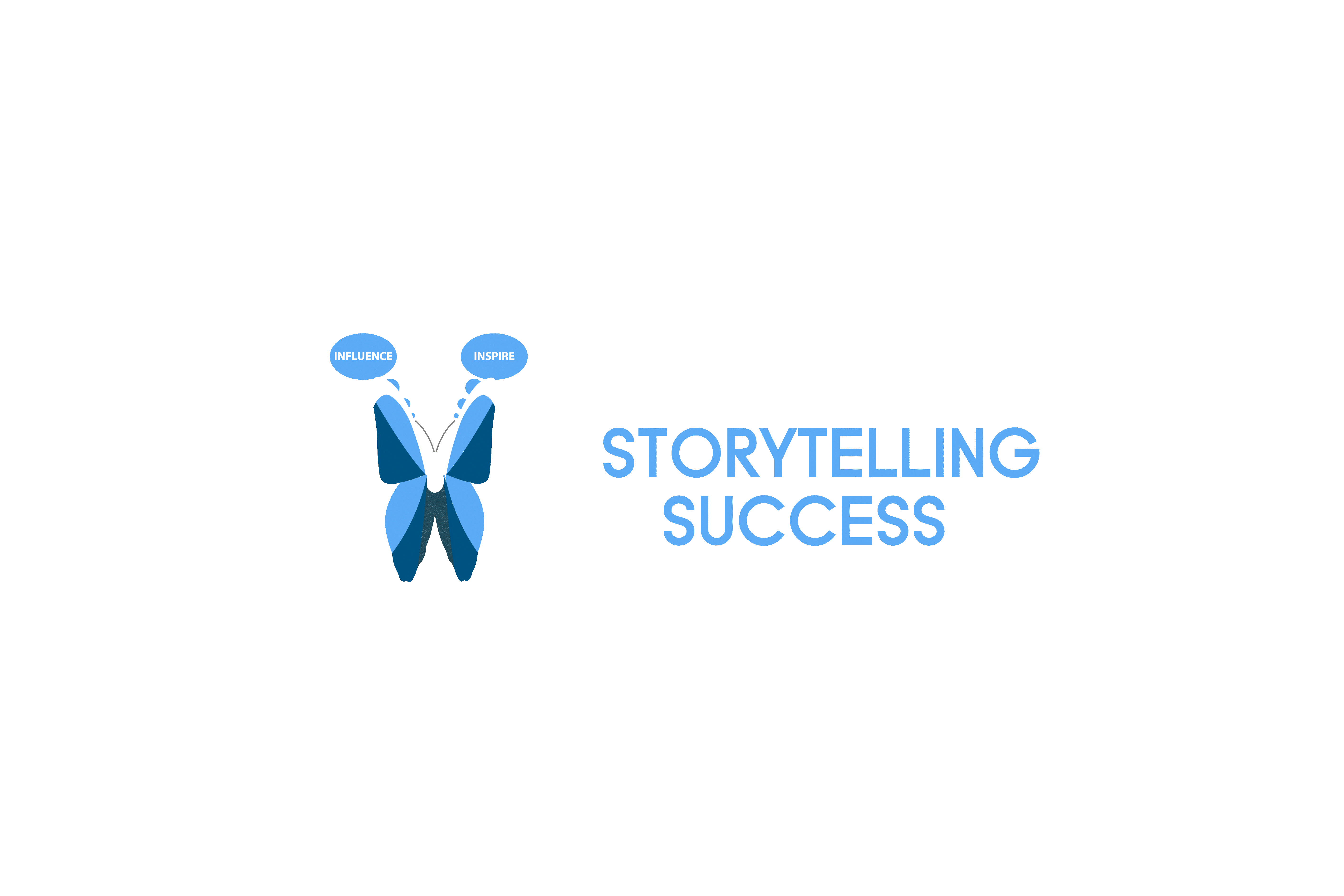Does Leadership Storytelling Belong in the Workplace?
- David Ghodsizadeh
- Jun 27
- 3 min read
Updated: Sep 21
It’s the last week of December 2024. A Fortune 100 HR leader reaches out to me on LinkedIn. They are in crisis mode. Their company is struggling with a workforce transition. Roles are uncertain. Morale is shaky.
Despite the usual playbook of town halls, company-wide emails, and 1-to-1 meetings, engagement is at an all-time low.
“We’re saying all the right things,” the leader tells me. “But no one seems to be connecting with it.”
That’s when I propose a simple idea...
What if your leaders tell real stories instead of repeating key messages?
No spin. No fluff. Raw, personal moments that reflect values, failures, learnings. Expressing what it feels like to lead through change. Making employees be a part of the change through storytelling.
We talk for two hours. By the end of the conversation, the HR leader is ready to schedule time with the leadership team to explore integrating storytelling training into their 2025 leadership development plan.
It’s now June 2025 and month 4 working together. 50 hours. Over 200 employees participating in the storytelling training.
The leadership team observes a noticeable transformation at all levels. Employees are engaging across the organization. Internal surveys show that morale and work satisfaction are up 20% QoQ. The spark is alive. Earning trust moment by moment.
Remember: Storytelling goes beyond communication. It touches on connection. At the human level.
Still unsure storytelling belongs in the workplace? You’re not alone. I get this question often, so I made a pros and cons list.

Pros of Leadership Storytelling Done Right
Strengthens leadership presence. Leaders find their voice and show up with more confidence and clarity. You do your best work when you're confident.
Captivates and inspires audiences. Stories pull people in and spark creative thinking in a way that facts and slides never will. You want people to listen and remember what you say.
Builds trust and connection. They can effectively touch people at an emotional level, forming deeper connections between strangers or peers. When you trust someone, you feel safer to be yourself in a work environment.
Simplifies communication. Abstract ideas become more memorable through relatable experiences. Simple messages are easier to understand and act on, especially for non-native audiences.
Accelerates innovation. When stories open up minds to new possibilities, teams collaborate and innovate more productively. That's a win-win-win scenario for any organization.
Cons of Leadership Storytelling Gone Wrong
It backfires with poor execution. When you ramble or don’t use a logical structure, audiences will tune you out. People will question you more in the future.
Storytelling is not a "one size fits all" application. Telling a story in exactly the same way to every audience will minimize your message and impact. Effective stories must be tailored to each audience and situation.
It's an art that requires continuous skill development. You can’t wing it and expect to wow people. It takes years of practice and growth as you refine your body language, vocal variety, and word choice.

Who Benefits from Leadership Storytelling in the Workplace
Spoiler alert: Leadership Storytelling is no longer reserved for the C-suite. It’s a human skill that anyone can master including:
executives and senior leaders
new managers learning to influence
technical professionals leading cross-functional teams
sales & marketing professionals seeking to influence customers
new hires wanting to build relationships
If your organization is navigating change, building culture, or launching disruptive ideas then leadership storytelling might be the missing piece.
Imagine how your bottom line could be impacted if your leaders connected on a human level, building trust, unlocking creativity, and inspiring the best from their teams.
The pros definitely outweigh the cons when done right. More organizations, from healthcare to financial services and technology are starting to invest in the power of leadership storytelling to transform their workforce communication and productivity. Are you?
David Ghodsizadeh is the founder of Storytelling 4 Success, a business that teaches technical professionals and executives how to connect, lead, and inspire in the workplace through leadership storytelling. Everyone has a story to tell. Do you know how, why, where, and when to tell yours?
